Baraboo
Masons Acquire Historic Ringling Artifacts:
Six Handmade Ringling Brothers'
Masonic Aprons
By
Brother Bob Dewel of Baraboo Lodge No. 34
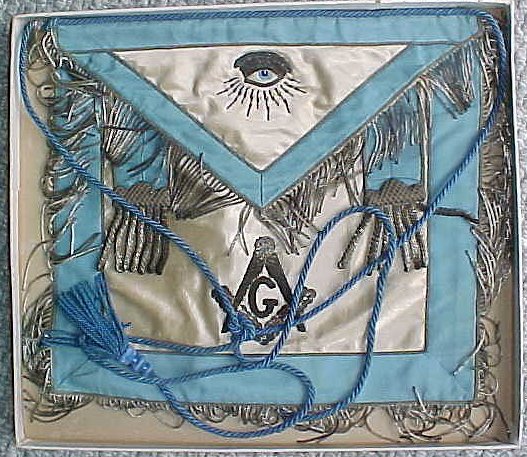
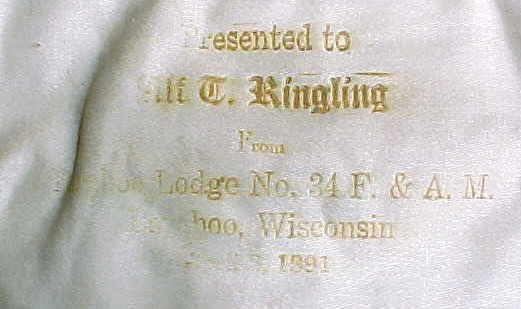
Editor's note: the following article was
adapted from a piece which appeared in the Baraboo News-Republic titled,
"Yesteryear Revisited." The text and accompanying photographs were prepared
and submitted by Brother Steve Emerson, a Baraboo Lodge Past Master
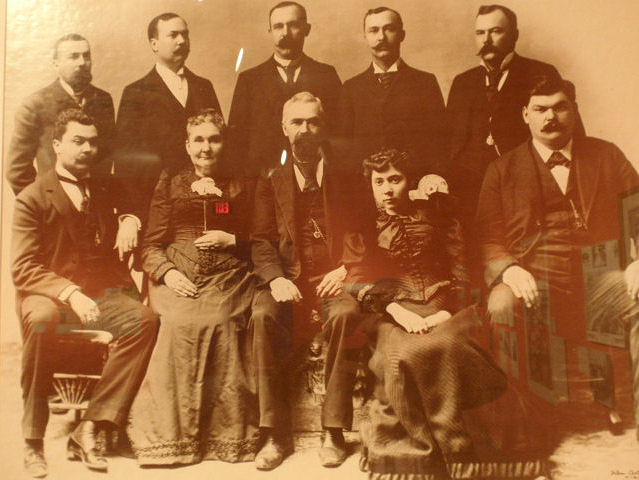
Ringling
Brothers Family Portrait
The night of January 21, 1891, was a special night for many of the men of
Baraboo, and it has a direct connection to a special happening this past
month, some 111 years later. The story includes six soon-to-be-famous brothers
and involves the ceremonial regalia they wore on that special evening. First,
the events in 1891, followed by the events of this past October.
January 21, 1891
In those days the Baraboo Masonic Lodge No. 34, Free and Accepted Masons,
still met, as did all other fraternal organizations, in rented upstairs halls
in downtown Baraboo.
The Lodge at this time, however, was strong enough that a building of their
own was being considered. Members had arrived on horseback, by carriage or
hack, or on foot, for the decisive evening, and the Temple was full.
Also, in Baraboo of that day, the spectacular seven-year rise to national
prominence of the Ringling Brothers Circus had brought not only respect but
good fortune to many of the brothers. Their father, August, had been a
struggling harness maker.
As is well known, there were seven Ringling boys, and young Henry had only
recently become old enough for Masonic membership. It was most unusual for as
many as six of the Ringling Brothers to be in town at the same time. It was
especially unusual on this evening that the six brothers occupied many of the
major chairs in the ceremony of the Lodge. Before the year was out, Father
August Ringling would join his sons in the Masonic Order.
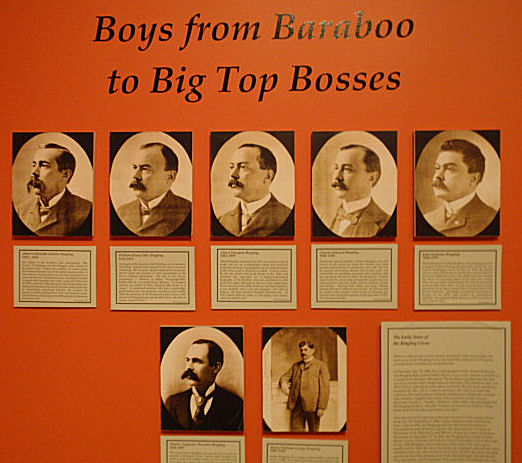
Special Aprons Made
On this particular night in 1891, with such famous brothers occupying the
chairs, some very special aprons had been ordered as gifts. Made of the finest
blue velvet instead of the plain white linen usually worn, each apron was
embroidered with silver thread and tassels.
Central to the blue border was white lambskin, with the symbols of the office
or chair being occupied embroidered thereupon. There is some speculation that
the aprons were designed and produced by the extensive Ringling Brother's
Circus wardrobe department in Baraboo.
We don't know about John Ringling, who was not present and was rarely seen in
Baraboo, but the other six brothers still called Baraboo home, and all were
Masons.
John is shown in a picture at the Circus World Museum in Baraboo, wearing a
Shrine pin on his lapel. According to the book titled "Shrine Circus" by John
McConnell, all seven Ringling brothers, including John, were members of
Baraboo Lodge.
On the back of each apron is the name of the Ringling brother and the chair he
occupied: Alf T., Worshipful Master; August, Senior Warden; Al., Junior
Warden; Charles, Senior Steward; Henry, Junior Steward; and Otto, Tiler.
Religiously speaking, the Ringlings were members of St. John's Lutheran
Church, but nearly every church in Baraboo was represented among the other
brothers present.
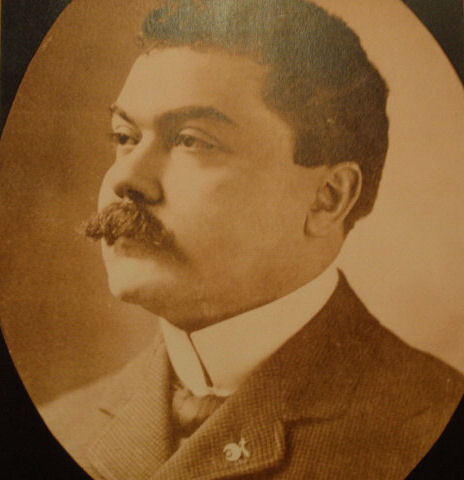
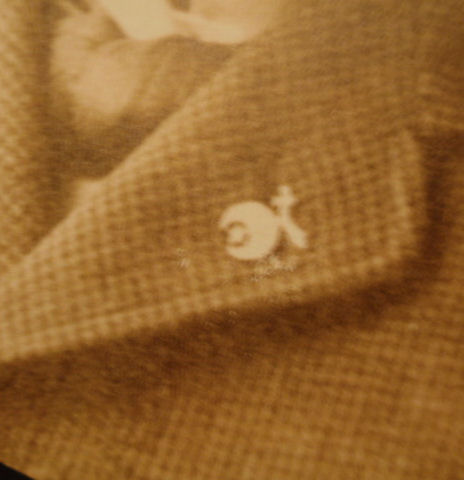
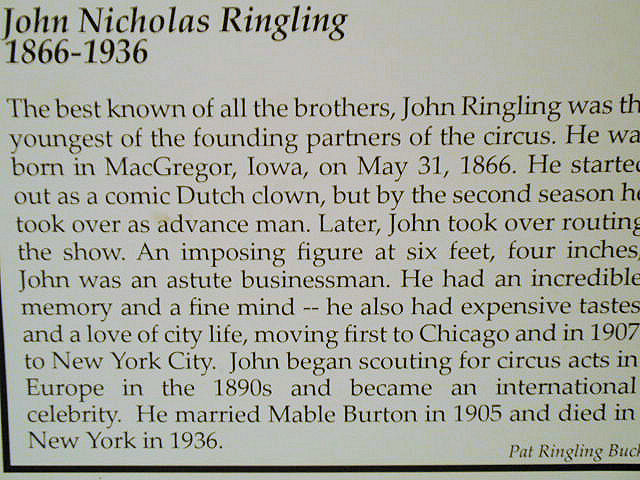
Aprons Emerge
What happened over the years to the blue velvet and white lambskin aprons,
with their silver embroidery, is of some interest.
It is known that Mrs. Ida (Henry) Ringling, not to be confused with Ida
(Ringling) North, gave the aprons nearly 40 years ago to one Richard (Joe)
Bennett, boyhood chum of Ida's grandson, Henry Ringling III.
Henry III died in an auto accident near Baraboo in 1961, and Bennett had
become a friend and frequent visitor to Ida, Henry's grandmother.
Among the gifts she gave to Joe were the aprons. It is presumed that they had
been in the possession of Ida's husband, Henry Sr., and later with his wife
Ida, since 1891.
Recently, an alert brother of Baraboo Lodge noted an apron listed for auction
on E-bay, the internet auction website.
Upon investigation, it was determined that not only was this an authentic
original apron, but that all six were available!
Moreover, thanks to some caring people during the last 111 years, the aprons
were in mint condition and were still kept in the original boxes. In some
cases the original protective tissue paper was still present.
Significant financial outlays were promptly made by five Baraboo Masonic
Brothers-Lee Hoppe, Merlin Zitzner, Dave Deppe, Skip Blake and Rick Lewison.
Others have made contributions for preservation of the aprons. This made it
possible for the aprons to be returned to Baraboo, and they are now in
possession of the Lodge.
Plans for the Ringling aprons are incomplete, but because of their historic
importance, they may be offered for display in summer at the Circus World
Museum in Baraboo. A similar display may appear on occasion at the Al Ringling
Theatre, not even a dream for Al Ringling when his apron was presented to him
in 1891.
It would be 24 years before he would build, in Baraboo, what the Theatre
Historical Society of America calls the very first of the theatre movie
palaces which became so popular throughout the country. It still operates
today, in all its pre-revolutionary French architectural splendor, as perhaps
the longest-operating motion picture theater in the county. The stage is used
some 60 times each year for live performances as well.
Back to the Meeting
So, as we take up the story of that special night in Baraboo Lodge in January
1891, the Ringling Brothers occupied the chairs, the aprons were presented,
and the Lodge prepared to build its own building. It is known that a committee
was appointed and a fine building subsequently built, on the NW corner of Oak
and Second Avenue.
It was this building, approved at the 1891 meeting, with the Temple rooms
upstairs and McGann's Furniture on the ground floor, which would burn some 65
years later. This fire in 1957 destroyed nearly all of the Lodge records,
regalia and artifacts.
By good fortune the ceremonial aprons had been removed by someone, and were
cared for properly for 111 years. Now they have been returned to their
rightful home in Baraboo, relics of a special night.
Special Ties
Baraboo Lodge No. 34 observed its 150th year in 2002. The anniversary booklet
published to commemorate the event reports that eight Ringlings were raised in
Baraboo.
Alfred T. (Alf) Ringling was raised on January 22, 1890; John was raised on
March 1; Albert was raised on March 29; and Otto on April 9.
Eleven months later, on February 4, 1891, August G. Ringling was raised. Henry
came next on March 18; and August, father Ringling himself, joined the Craft
on August 19, 1891.
The city of Baraboo has a heritage of two communities: the circus and the
Masonic community. On the surface they may appear completely different-the
Circus being an entertainment form for "children of all ages," and the Masonic
Lodge being a fraternal organization created to help men better themselves and
their community.
A connection between these two organizations began when seven Ringling
brothers and their father became Masons.
Throughout the years, there have been many Masons with circus backgrounds,
including members of the Gollmar family (circus owners), the Moeller family
(circus wagon manufacturers), General Tom Thumb, Harry Houdini, Buffalo Bill
Cody, and Baraboo's own Jimmy Williams (a.k.a. Happy the Clown), Tony Vinicki
(Smaha), Robert Hocum (great-grandson of the charter Junior Warden).
The formation in the early 1870s of the Shrine helped create the bonds that
grew between the Circus and Masonry. The circus is one of the largest fund
raising events for Shrine clubs. It is also a major source of income for
circus performers.
A special "Thanks"
from Brother Al Lohman, a 30 year collector and 30+ year Masonic Lodge member
from Wisconsin. Al trades on eBay under the User ID "lochlohman"

